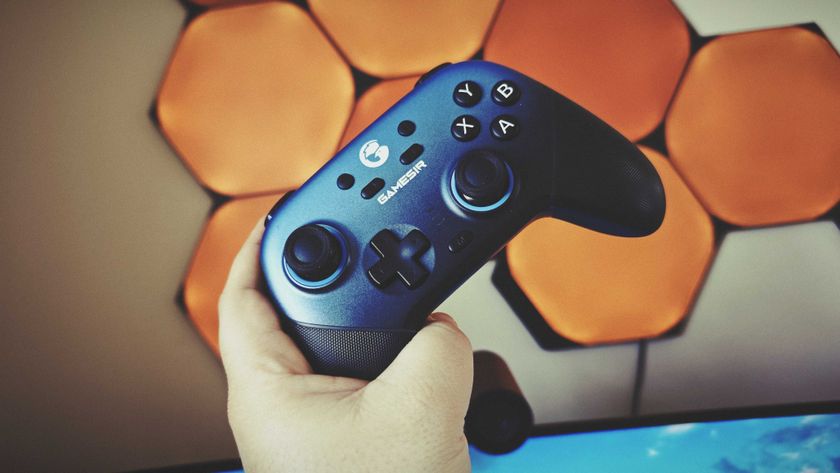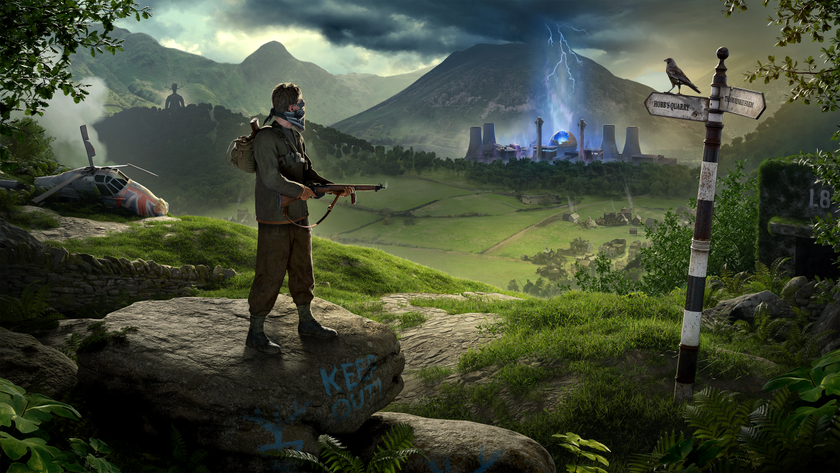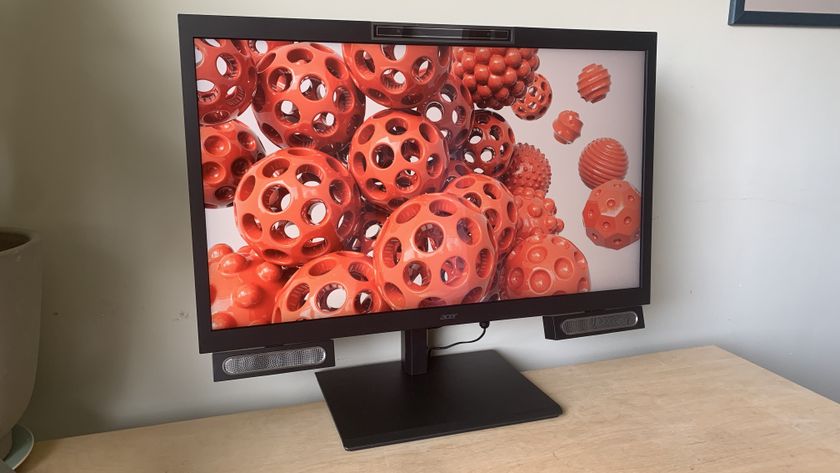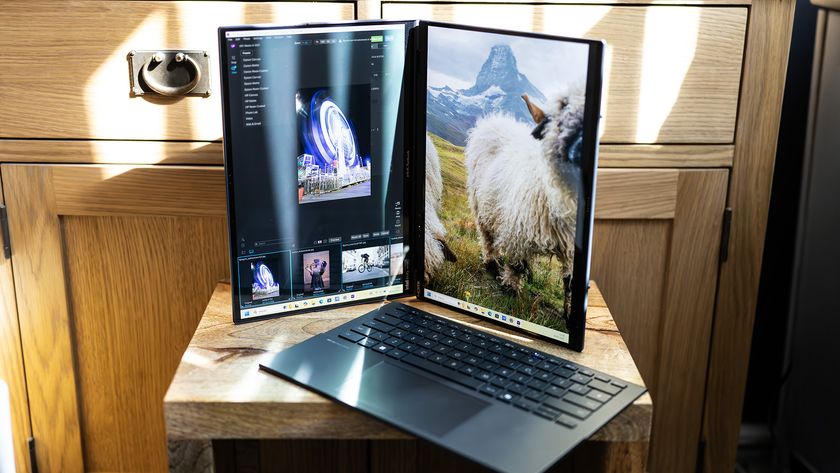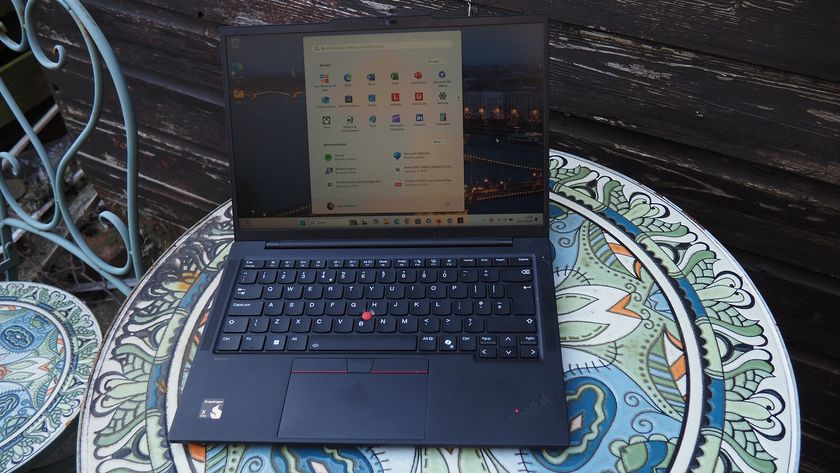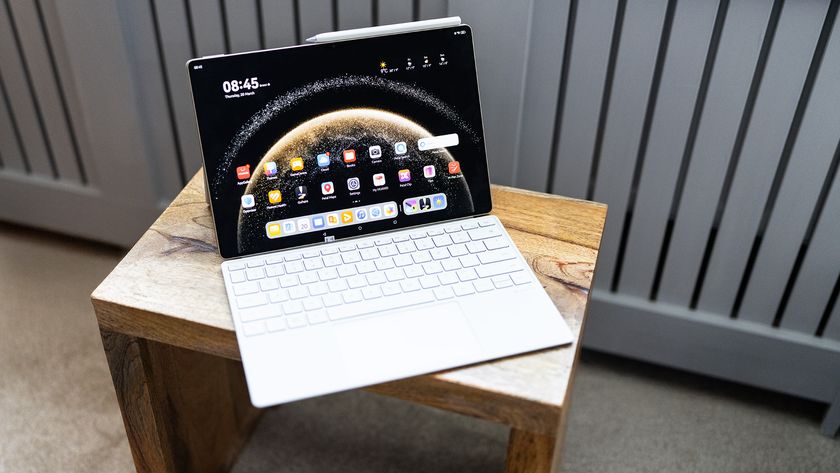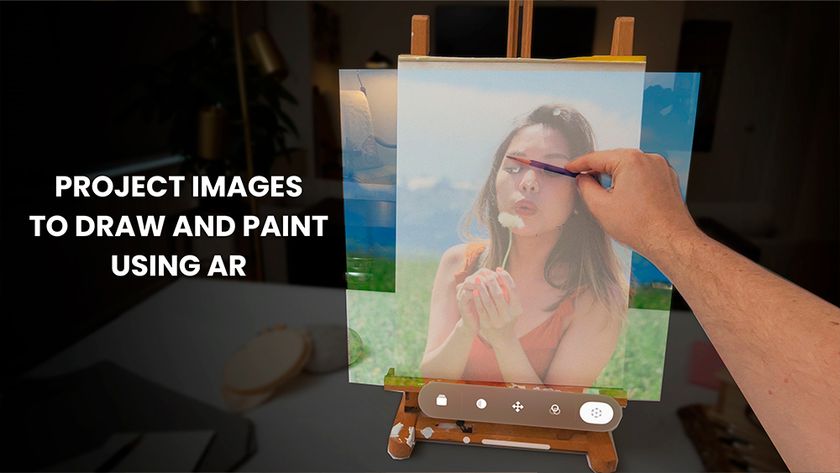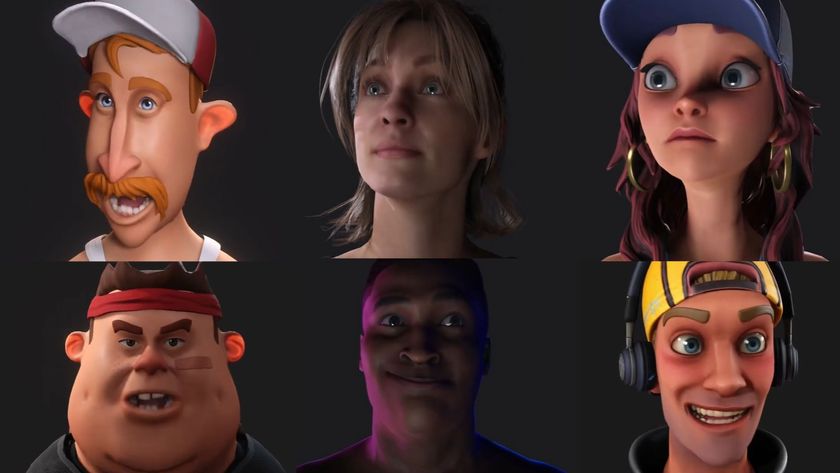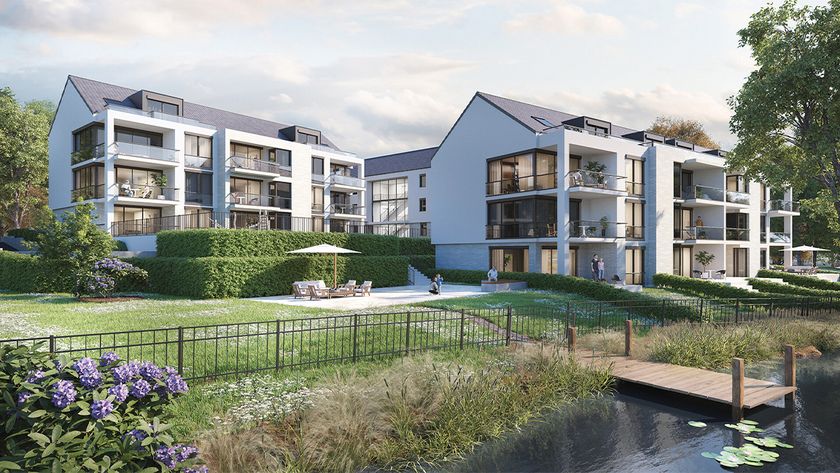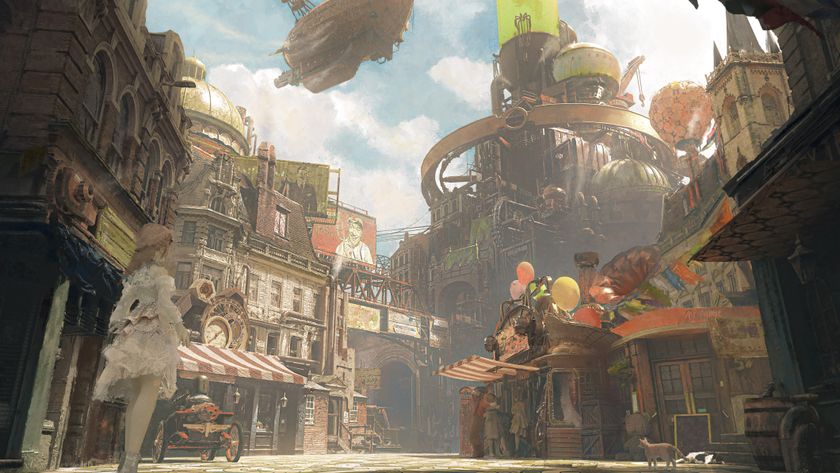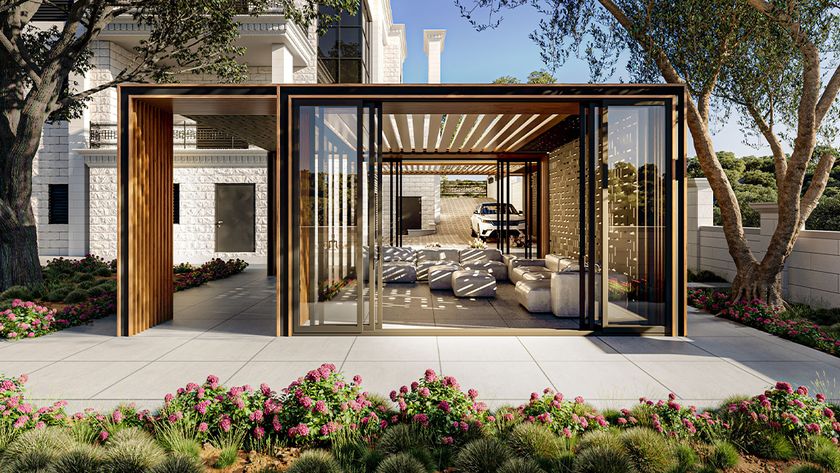Our Verdict
Mari has robust VFX origins and its use of GPU acceleration offered a never seen before ease of use for texture and 3D artists. With its latest upgrade, Mari 3.0 builds on this strong foundation by streamlining the workflow process, as well as making it easier to work with other applications.
Why you can trust Creative Bloq
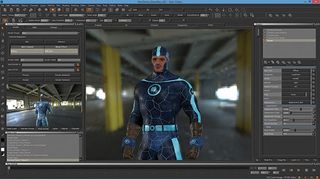
Mari has become the texture creation tool of choice for many artists and studios. And with version 3, The Foundry are concentrating on workflow enhancements. While Mari 2 concentrated on core additions with shared channels and a raft of productivity tools, Mari 3 is concentrating on refining this core workflow while adding many new enhancements to aid its intolerability with other applications.
A key addition is the inclusion of a range of shaders. V-Ray, Arnold, Unreal and Redshift are available allowing the preview of new texture channels in the correct 'socket' for one of these shader/render engines. Married with the new colour management tools, previewing models while you work for a chosen output has never been more straightforward.
The one key omission to the list would be Modo, The Foundry's own digital content creation application. The Foundry haven't forgotten about Modo though; they've added a dedicated palette to allow Modo's Preview window to appear directly in Mari, allowing the artist to preview their texture in a production grade render engine. The Modo Preview can also be used to bake textures out directly within Mari.
Other applications have come into the texture creation space... none can match Mari's ease-of-use
Having access to so many visual methods of previewing texture channels makes nasty surprises further down the pipeline much less of an issue. However, it would have been great to see some more render engines supported.
Mari 3 can work with OpenSubdiv models and subdivide models without needing to roundtrip to a 3D application, which is a boon to productivity, as is the ability to use Entity Locators to transform, rotate and scale objects easily within Mari.
Another great addition is a nodes workflow for textures, to work instead of, or in conjunction with, the existing layer toolset. It handily has two modes: one for basic use, another for more advanced users. The Node view is robust with quick access to all adjustment tools and procedurals you would get in the Layer paradigm.
FBX scene import is now well supported with the ability to bring in cameras and light from your 3D software. When tested this worked well, although for basic models .obj importing is potentially cleaner.
Mari 3 feels faster, it's a painless upgrade and the new features enhance an already great working paradigm, rather than the major retool as happened from version 1 to 2 when layers where introduced.
While a computer with a dedicated powerful GPU is a must, even though other applications have come into the texture creation space, none can match Mari's ease-of-use across texture workflows of any size. A solid upgrade to this great application.
This article was originally published in 3D World magazine issue 204. Buy it here.

Thank you for reading 5 articles this month* Join now for unlimited access
Enjoy your first month for just £1 / $1 / €1
*Read 5 free articles per month without a subscription

Join now for unlimited access
Try first month for just £1 / $1 / €1
out of 10
Mari has robust VFX origins and its use of GPU acceleration offered a never seen before ease of use for texture and 3D artists. With its latest upgrade, Mari 3.0 builds on this strong foundation by streamlining the workflow process, as well as making it easier to work with other applications.
Mike Griggs is a veteran digital content creator and technical writer. For nearly 30 years, Mike has been creating digital artwork, animations and VR elements for multi-national companies and world-class museums. Mike has been a writer for 3D World Magazine and Creative Bloq for over 10 years, where he has shared his passion for demystifying the process of digital content creation.
